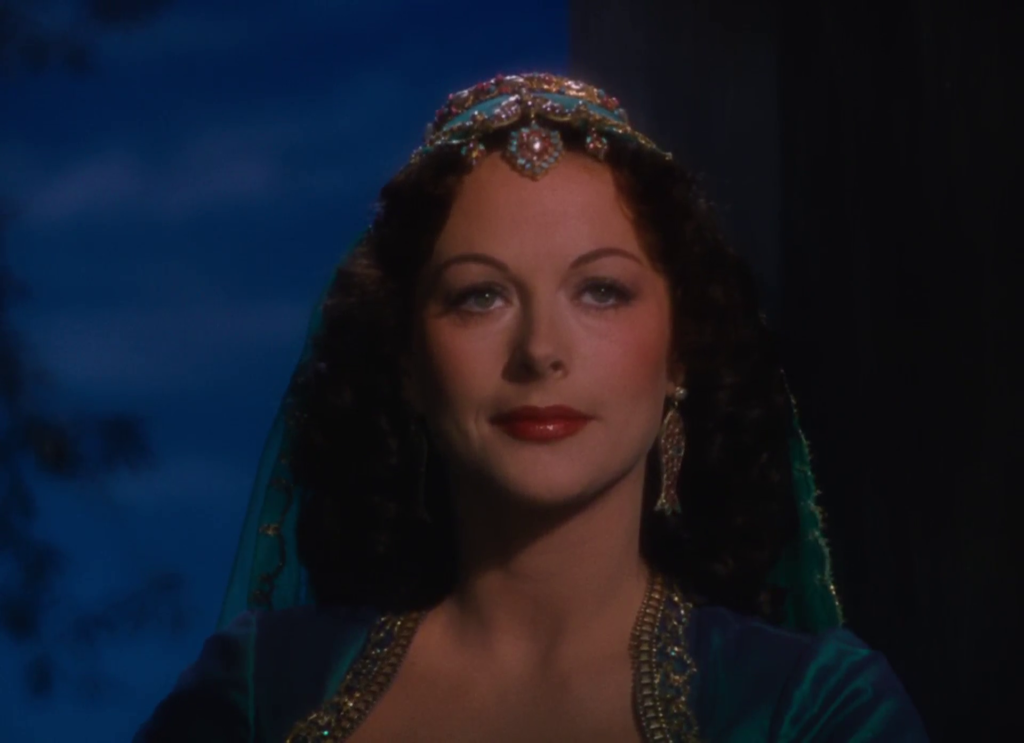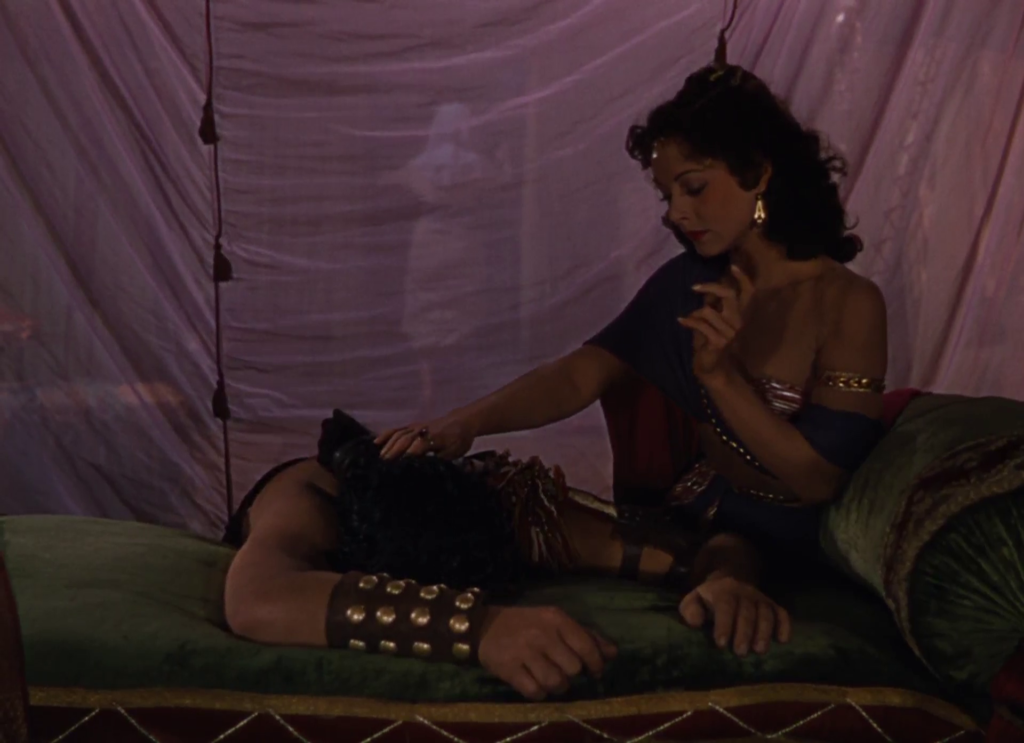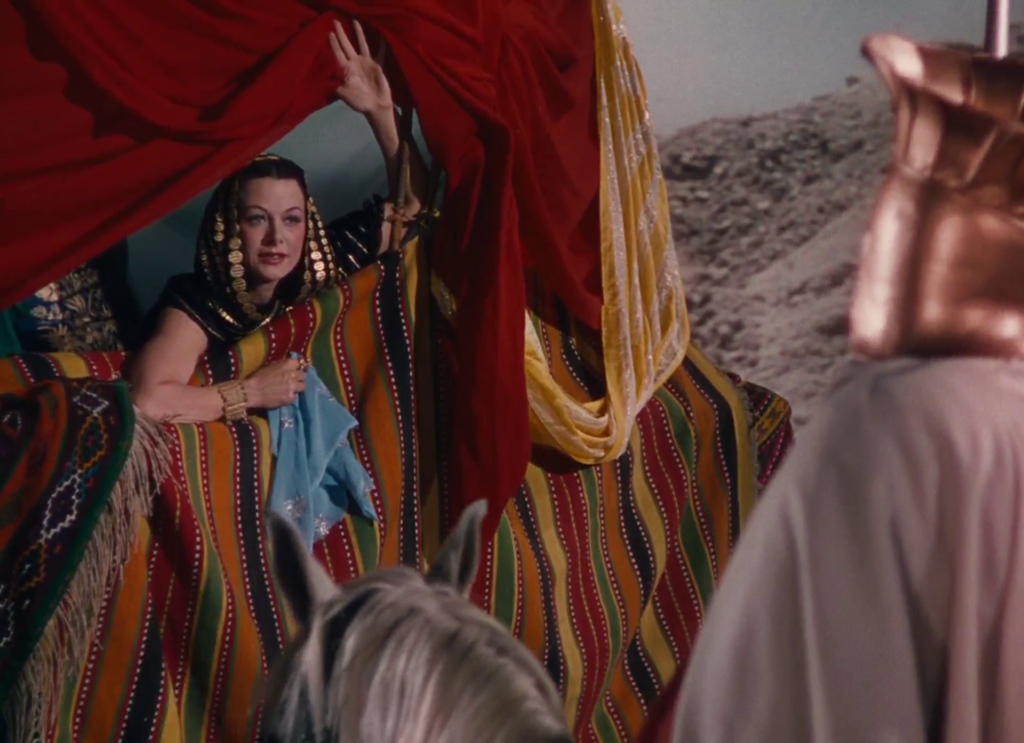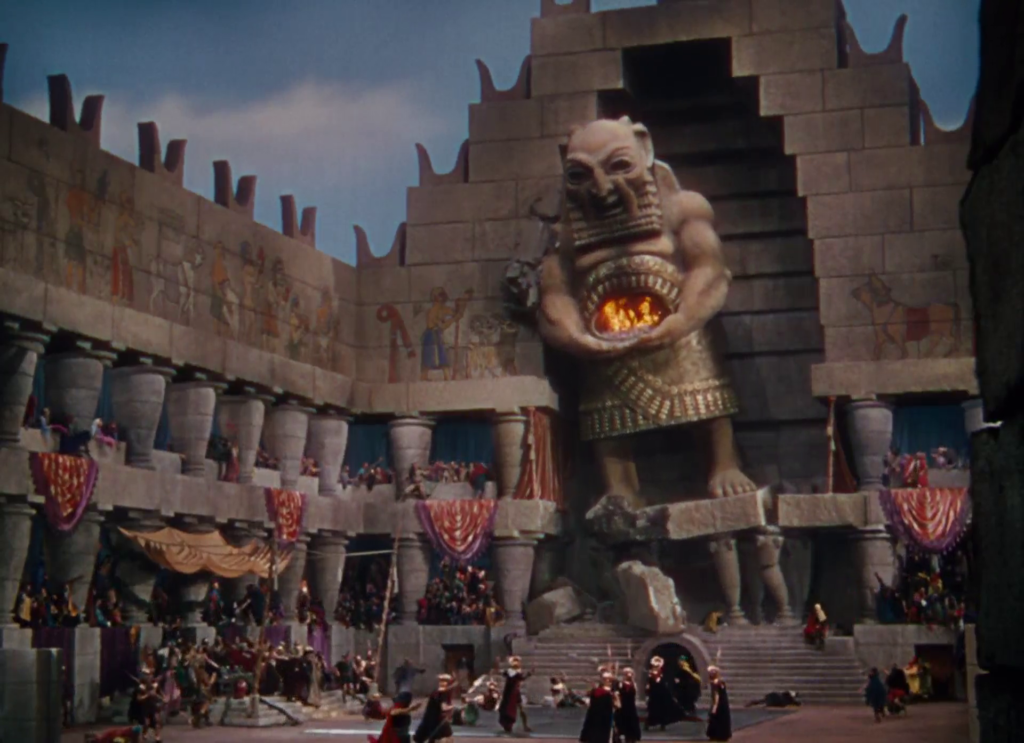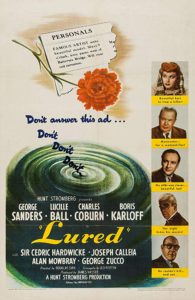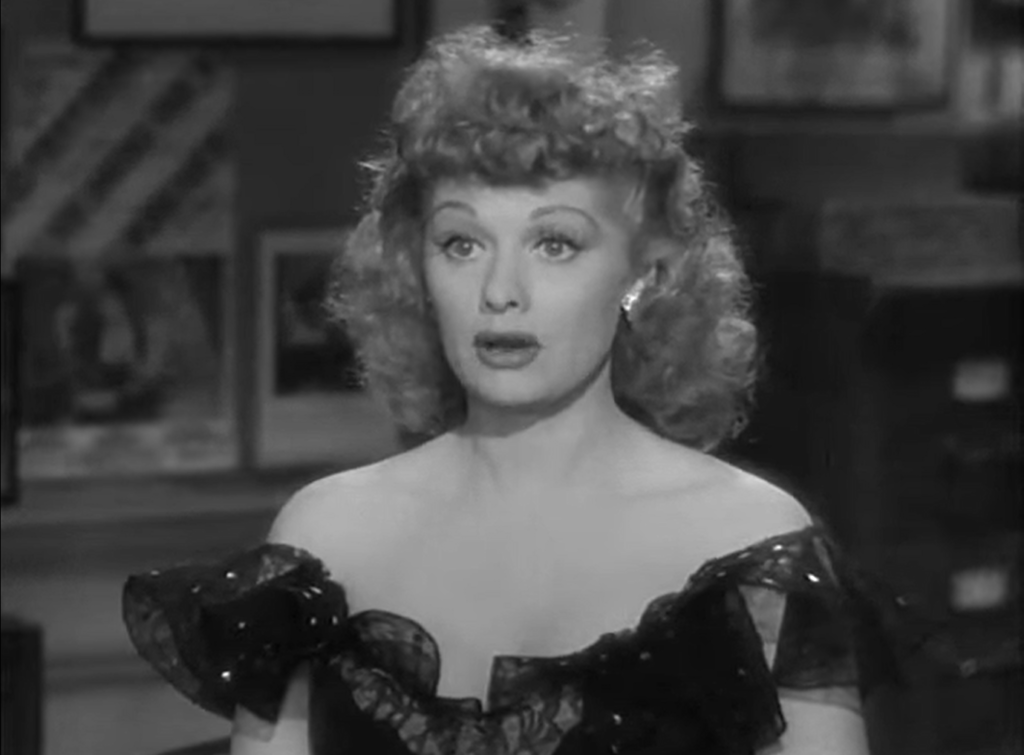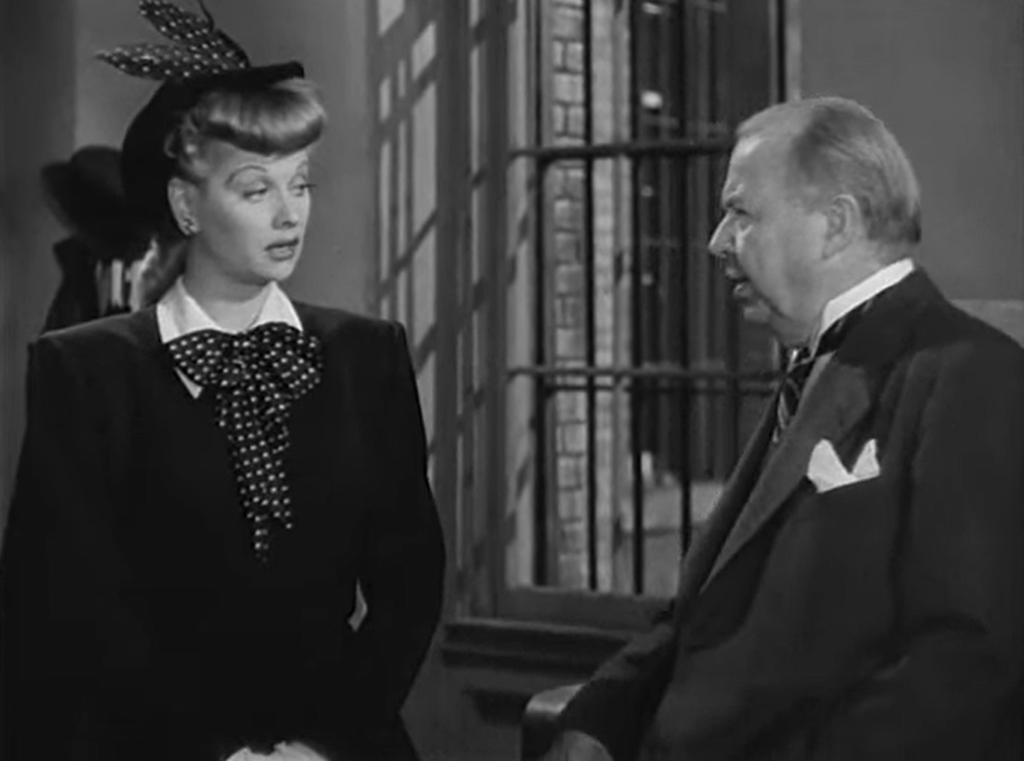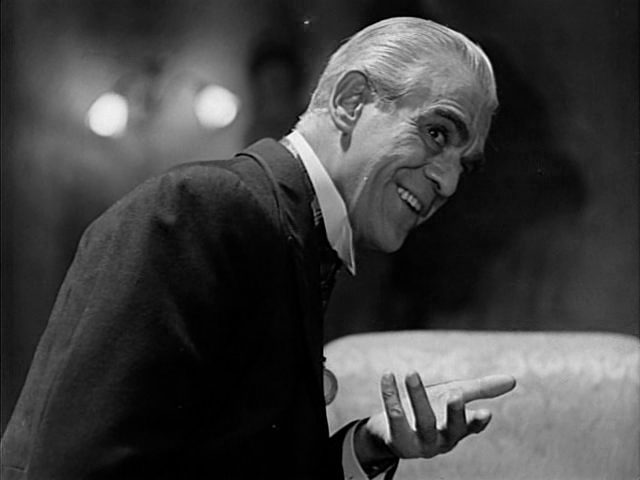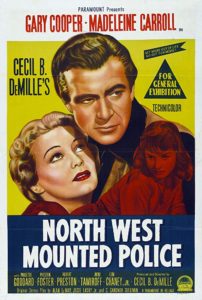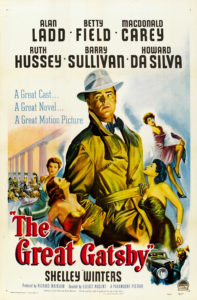|
Genres, Themes, Actors, and Directors:
- Akim Tamiroff Films
- Cecil B. DeMille Films
- Cross-Cultural Romance
- Gary Cooper Films
- George Bancroft Films
- Historical Drama
- Lon Chaney, Jr. Films
- Love Triangle
- Madeleine Carroll Films
- Native Peoples
- Paulette Goddard Films
- Preston Foster Films
- Revolutionaries
- Robert Preston Films
- Westerns
Review:
Cecil B. DeMille directed this Technicolor blockbuster by Paramount Studios, based on a real-life rebellion taking place in Saskatchewan, Canada in the late 1880s. It was soundly lambasted by Harry Medved and Randy Dreyfuss in their book The Fifty Worst Films of All Time (and How They Got That Way) (1978), and while it doesn’t quite merit that label, it is pretty lame — thanks primarily to Goddard’s god-awful performance as a “half-breed” femme fatale:
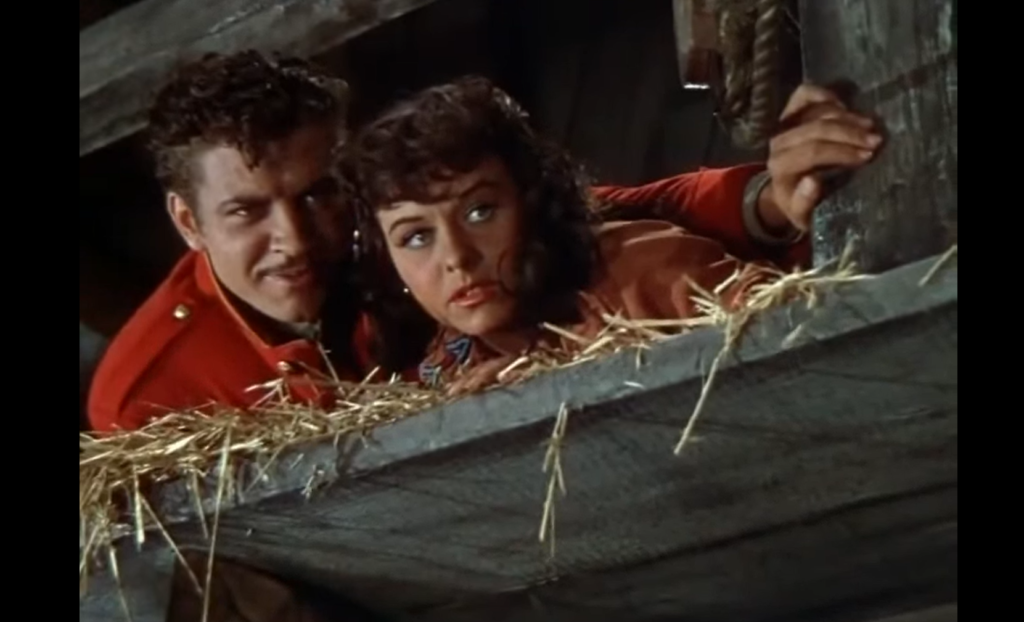
… but also to Cooper’s aw-shucks western presence in a film depicting a momentous Canadian event.
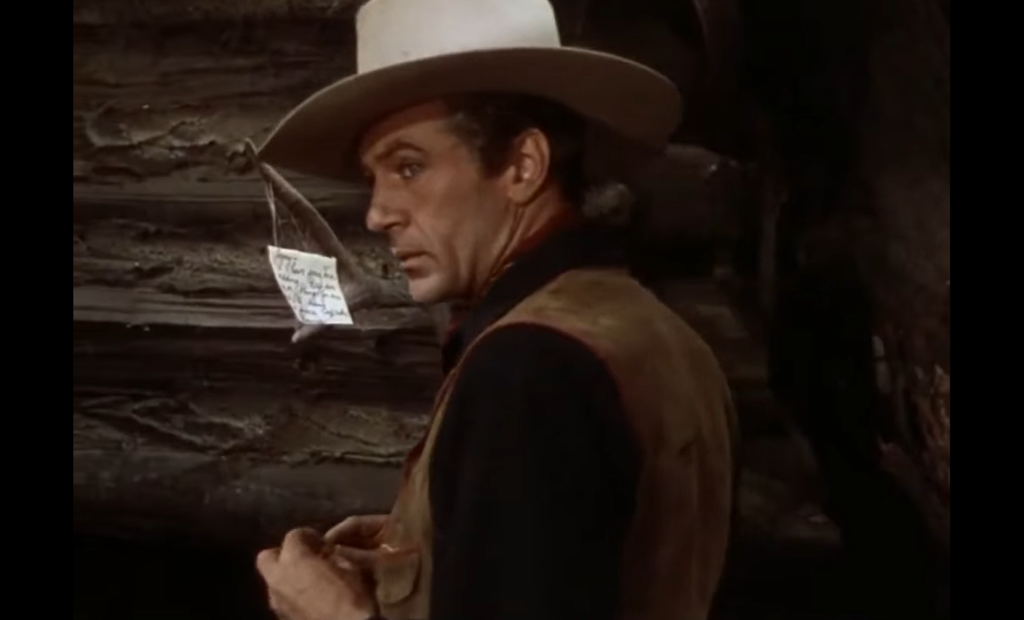
The “comic relief” of a red-headed Scotsman (Lynne Overman) wearing a tam-o-shanter that plays a critical role in a later scene:
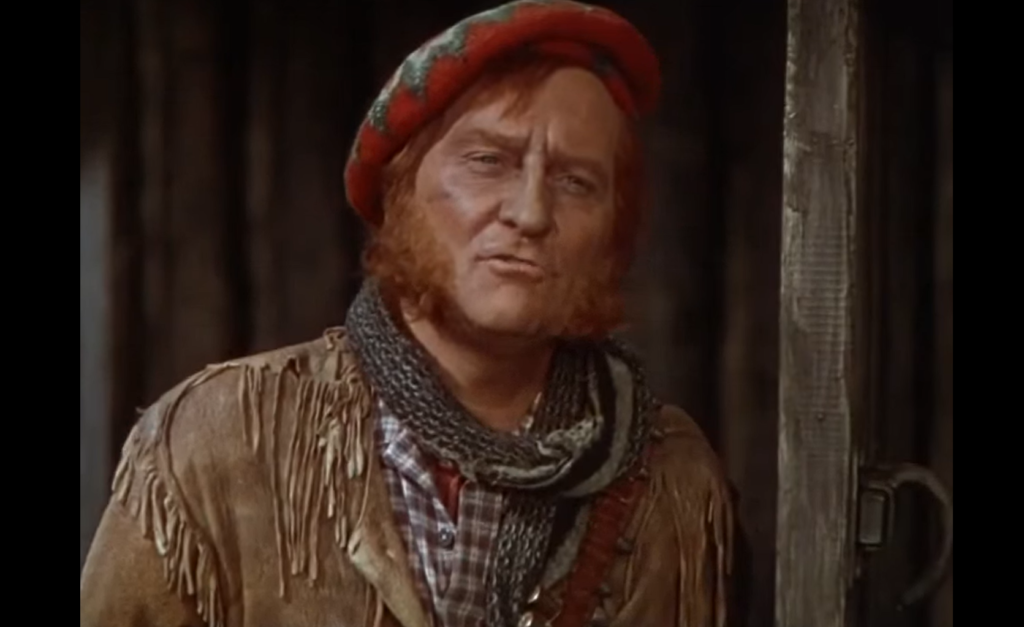
… and “immortal dialogue” such as the following:
Preston: “You’re the sweetest poison that ever got into a man’s blood!”
Goddard: “I love you so terrible bad I feel good.”
Carroll: “Oh, Dusty — you’re an angel in leather!”
Cooper: “Heh… I’d look funny with leather wings.”
Redeeming Qualities and Moments:
- Fine Technicolor cinematography and sets

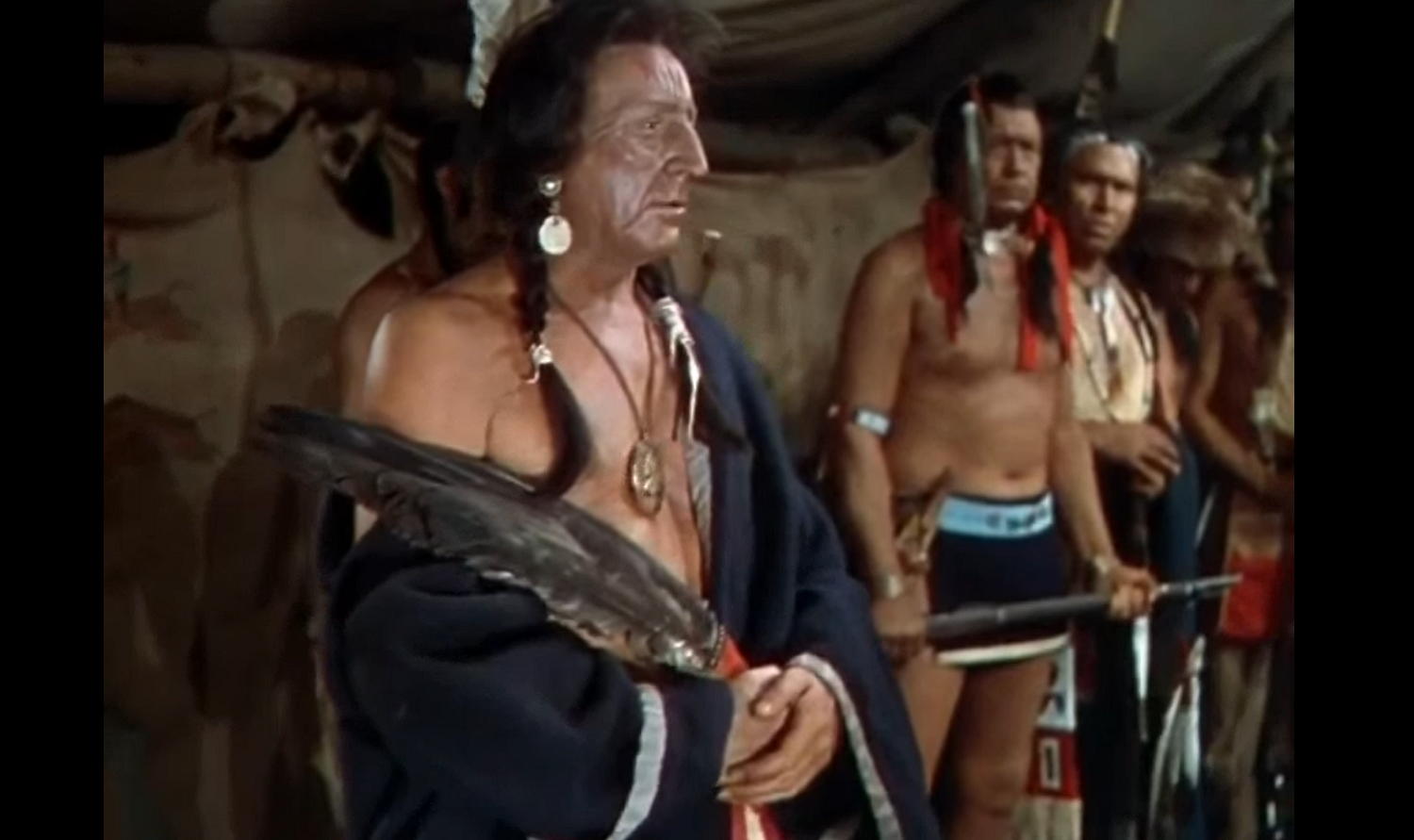 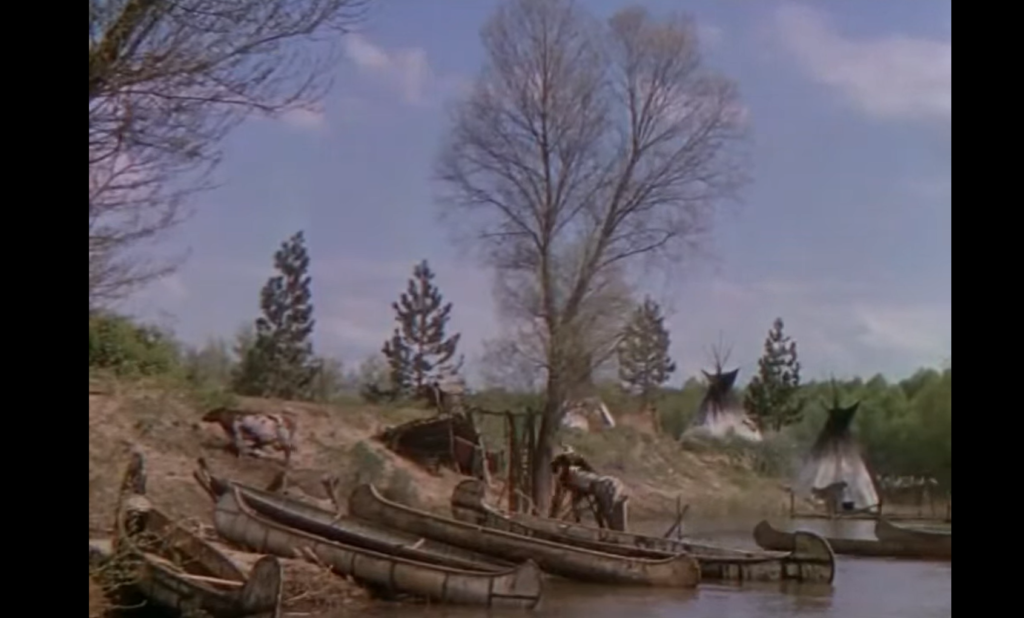
Must See?
Nope; you can skip this one.
Links:
|


